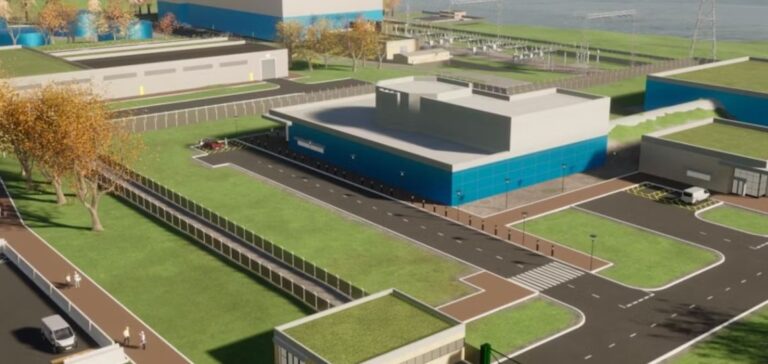Moltex Energy Canada Inc. has announced the launch of its revolutionary nuclear waste recycling technology, called Waste to Stable Salt (WATSS). This unique process transforms used nuclear fuel into a valuable resource, significantly reducing waste volumes and offering new economic opportunities for nuclear waste managers and utilities. The innovation has been validated after seven years of development and rigorous testing with the support of Canadian Nuclear Laboratories (CNL). This marks a major turning point in nuclear fuel cycle management, paving the way for more sustainable solutions for the nuclear industry of tomorrow.
WATSS technology significantly reduces nuclear waste volumes by transforming it into clean energy while permanently destroying long-lived transuranic elements, including plutonium. This process not only makes nuclear energy more sustainable, but also offers a commercially viable alternative to conventional waste disposal methods.
The Canadian government, through its Strategic Innovation Fund (SIF) and the Atlantic Canada Opportunities Agency (ACOA), has supported the development of this technology. According to Rory O’Sullivan, Chief Executive Officer of Moltex Energy, “It is crucial that increased demand for nuclear energy is matched by increased back-end fuel cycle capabilities.”
WATSS technology has also received support from the provincial government of New Brunswick and NB Power, further affirming industry and public confidence in its potential. Technical partners such as IDOM and CANDU Energy Inc., an AtkinsRéalis company, have provided expertise to move this innovation from concept to commercialisation.
Wide support and a sustainable vision
The technology also benefits from support from Indigenous communities, including the North Shore Mi’kmaq Tribal Council of New Brunswick, which has invested in the project. Jim Ward, General Manager of the Tribal Council, highlighted that “The Mi’kmaq Council’s investment was driven by the potential to make nuclear energy more sustainable and reduce nuclear waste liability.” He also praised Moltex’s involvement from the earliest stages of the project, expressing continued confidence in the technology’s progress.
With this technological breakthrough, Moltex Energy enables the nuclear industry to close the fuel cycle, a crucial step towards a more sustainable energy future, while offering a practical and economically advantageous solution for utilities and governments.
A commercially viable solution for the nuclear industry
The WATSS process represents a decisive advance in the search for sustainable nuclear waste management solutions. It is now considered the most practical and scalable option for used fuel recycling due to its low complexity and proliferation resistance. This technology also offers notable economic advantages, making it an attractive option for investors and energy sector players looking for new opportunities.





















